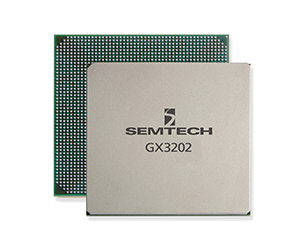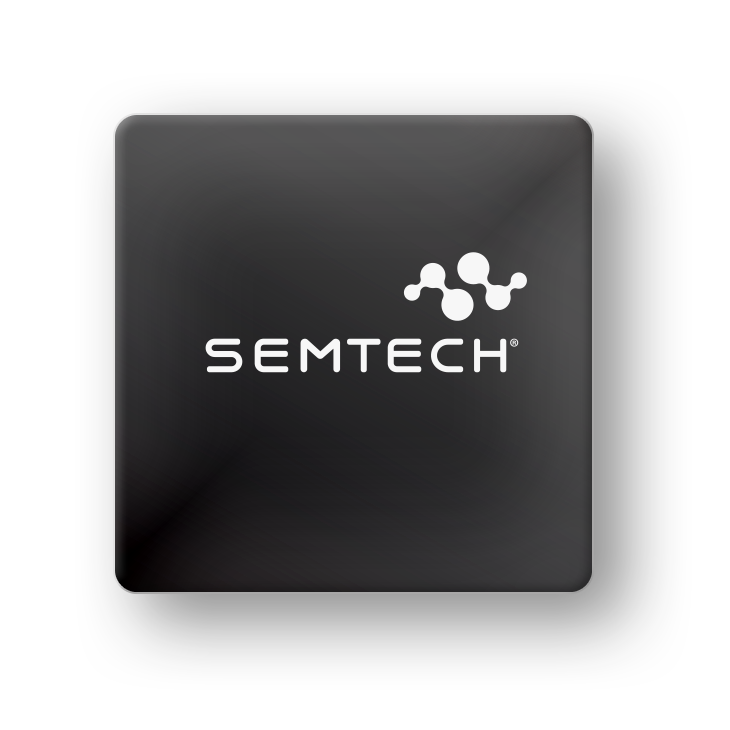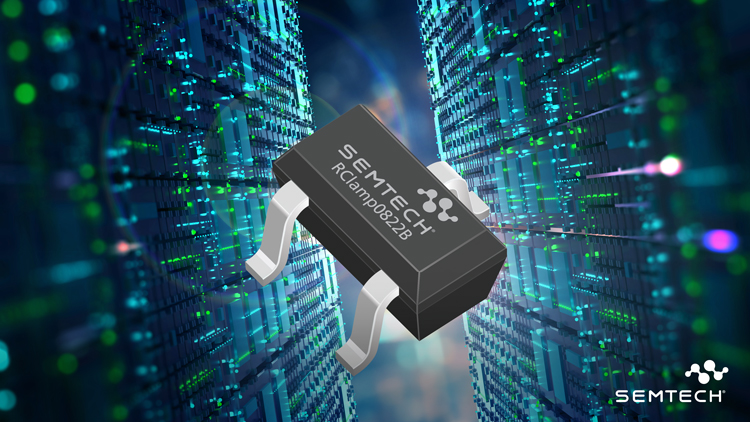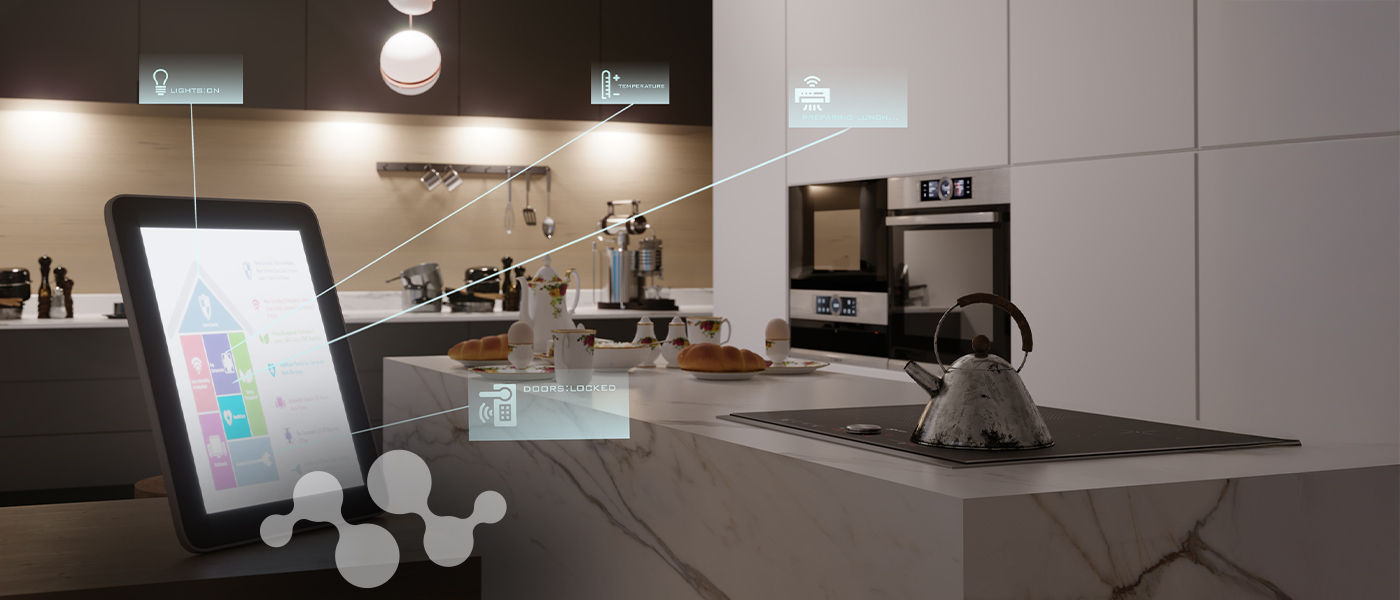Overview
The GX3202 is a low-power, high-speed 202 x 202 crosspoint switch, with robust signal conditioning circuits for driving and receiving high-speed signals through backplanes.
The device consumes as low as 24W of power (typical) with all channels operational, and features sophisticated, dynamically scalable power management. Unused portions of the core are automatically turned off without affecting the operation of the remaining channels.
The signal conditioning features of the GX3202 include per-input programmable equalization and per-output programmable de-emphasis. The input equalizer removes ISI jitter—typically caused by PCB trace losses—by opening the input data eye in applications where long PCB traces and connectors are used. There are four settings available for the input equalizer, allowing flexibility in adjusting the equalization level on a per-input basis.
Output de-emphasis capability provides a boost of the high-frequency content of the output signal, such that the data eye remains open after passing through a long interconnect of PCB traces and connectors. There are four de-emphasis settings that can be enabled on a per-output basis.
System test features, such as a programmable PRBS pattern generator and checker, can be applied to any input or output of the device as appropriate.
The pattern generators can be individually applied to any output of the device without impacting the normal operation of any other channel. Broadcast and multicast features are also available.
The chip features eight independent strobe lines, UPDATE_EN[7:0], which are used to determine the timing of the output updates. Any output can be linked to any strobe.
Features
- 202 x 202 crosspoint switch architecture supporting broadcast and multi-cast modes
- Supports data rates from DC to 3.5Gb/s
- Low power consumption: 24W (all channels active)
- Sophisticated dynamic on-chip power management control
- Multiple user-programmable power-down saving modes
- Independent programmable input trace equalization to reduce deterministic jitter (ISI)
- Independent programmable output de-emphasis for driving long board traces
- High-speed video-optimized control for multi-format applications
- Built-in system test features with on-chip PRBS Tx generators and Rx analyzers
- 2.5V analog core voltage, 1.8V digital core voltage
- Input and output voltages support either 1.2V or 2.5V CML
- JTAG-controlled boundary scan
- Selectable parallel/serial (SPI) host interface
- 50mm x 50mm BGA (2377 ball)
- Operating temperature range: 0°C to +85°C
- RoHS compliant
Order Codes
- GX3202-CBE3: Lead-Free, RoHS Compliant, Tray-10 Pieces
PB Free/ROHS
Learn More →
| Documents | Release Date | Type | |
|---|---|---|---|
| GX3202 Datasheet | 2019-09-05 | ||
| GX3202 Product Brief | 2018-12-19 | ||
| GX3202 IBIS Model | 2019-03-02 | IBS | |
| GX3202 IBIS-AMI Model User Guide | 2018-12-19 | ||
Applications
Large m x n cascaded routers/switch fabrics for:
- Professional broadcast applications
- Enterprise and carrier applications
- High-speed automated test equipment
- 10GbE and InfiniBand networks
Inventory
| Product | Country | Distributor | Qty | Buy |
|---|




.jpg)













.png)

















